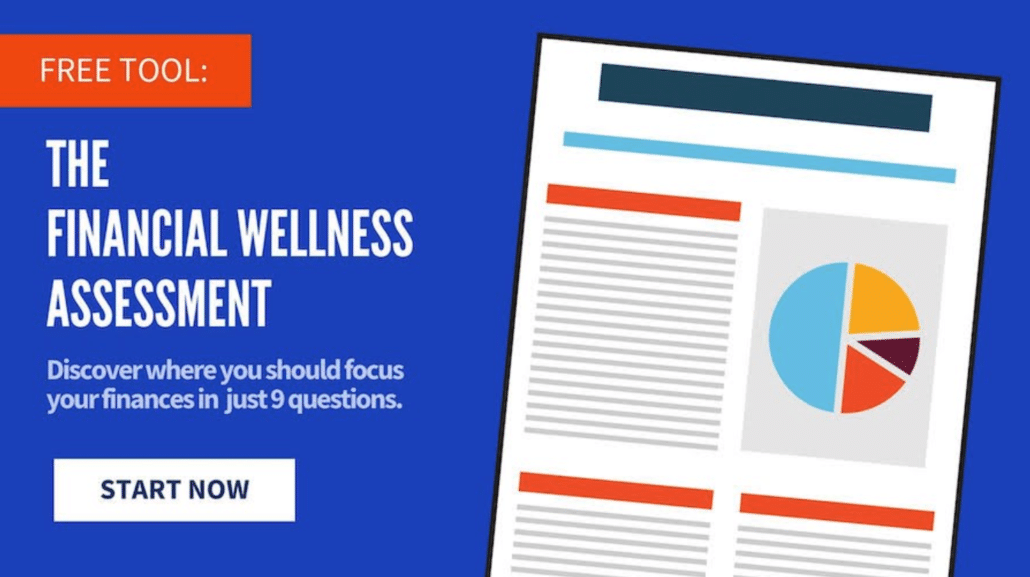“I said it would happen.”
“It had to happen.”
“I knew it would happen.”
You’ve probably made statements like these at one point or another. That’s because once an event occurs, our brains immediately connect the new information from what happened to related knowledge stored in our memory. By making those connections, the facts we store in our brain strengthen one another.
The more we see things fitting together into a cohesive narrative, the more we feel as though we knew it all along. And the more time that passes, the more difficult it is to accurately recall the way an uncertain situation seemed to us at the time actually happened. We forget what information was available at the time of the event, as well as our own initial reasoning in support of or against a particular decision.
These tendencies make up what’s known as hindsight bias, which can cause problems and mistakes when we need to evaluate investment decisions.
What Is Hindsight Bias (and Why Do We Have It)?
Hindsight bias is the tendency to exaggerate what could have been known in advance. Baruch Fischhoff first uncovered this behavioral quirk in an experiment conducted in 1975.
Fischhoff asked test subjects a series of general knowledge questions. After testing, he revealed the correct answers and asked participants to recall their original responses from memory. The results showed participants overestimated the quality of their initial knowledge and forgot their initial errors in judgment.
Numerous studies across a wide variety of domains replicate these findings. People tend to underestimate the extent to which they were surprised by past events, including everything from presidential elections and high-profile murder trials to sporting events and stock performance.
Like many human behavior quirks, our species developed hindsight shortcuts over millions of years to compensate for the limited time and brainpower required to process the countless changing inputs we deal with in everyday life.
These mental shortcuts can be useful when they lead us to repeat actions that generated positive outcomes and avoid those resulting in negative outcomes, but this particular heuristic tends to fail us in situations where randomness and luck are prominent.
It just so happens that financial markets are full of randomness and circumstances driven by luck and risk, which can make our tendency to experience hindsight bias a major liability when it comes to investing.
How Hindsight Bias Can Cost You as an Investor
Financial markets are complex adaptive systems, which make them impossible to predict. But hindsight bias causes investors to believe they or others have better predictive powers than they actually do. Such overconfidence in predictive powers leads to poor decision-making in the future.
It also tends to cause us to evaluate the quality of a decision based on the outcome. We ask whether the result was good or bad to determine if we made a good choice, rather than questioning the process that guided the decision-making in the first place. The inherent randomness and chance involved with markets can make decisions that seem prudent in foresight look foolish in hindsight.
Hindsight bias influences observers to be particularly harsh on evaluations of decision makers who act as agents for others – including financial advisors, physicians, coaches, CEOs, politicians, and so on. These types of decision makers are particularly susceptible to being unfairly blamed for decisions with bad outcomes and get too little credit for good outcomes.
When it comes to evaluating investment managers in particular, hindsight-based investors tend to overlook the influence of a manager’s style being in or out of favor when they see a fund outperforming or underperforming. Similarly, a hindsight-biased investor might suggest replacing an underperforming with a recent winner without considering that the winning fund’s strategy may have benefited simply from good timing or luck.
Use These Strategies to Combat Hindsight Bias
With the randomness of market outcomes, it is easy to succumb to hindsight bias. You won’t ever be able to stop your brain from working the way it does (remember, there’s good evolutionary purpose to things like hindsight), but there are several practical ways to prevent it from hindering your decision-making ability in the modern world.
1. Keep Track of Past Decisions and Reasoning
Evaluating a long-term investment decision – one that looks ahead multiple decades – makes timely feedback impossible. Even worse, the more time that passes, the less likely we accurately remember the available information at the time of a decision as well as the reasoning supporting that decision.
One way to improve the quality of feedback is keeping an investment journal. Writing out your predictions, forecasts, and investment ideas creates a valuable source of objective feedback. Reviewing past decisions (both good and bad) improves the quality of your decision-making feedback and reduces the chances of repeating past mistakes.
A great decision is the result of a sound process, and that process must include an accurate representation of our state of knowledge at the time of the decision.
2. Think Probabilistically
Thinking probabilistically allows us to make rational decisions in the face of uncertainty. The future is unknowable, but assigning probabilities to potential outcomes allows us to make the best decisions we can given what we know and what we don’t know.
By assigning probabilities to potential outcomes, we are less susceptible to automatically using a bad outcome as proof of a poor decision.
Looking back at probabilities you’ve assigned to a range of potential outcomes at the time of the decision may reveal that you didn’t make the right choice, but you also didn’t necessarily make the wrong one, either. You may see you acted appropriately based on what you knew at the time.
This doesn’t have to be complex. Simply rate your level of confidence about the accuracy of a belief on a scale of zero to ten. A zero means you are certain your belief is not true, and a ten means you are certain it is true. Then, turn your rating into a percentage: if your belief about the future performance of an investment is a three, for example, then you are about 30% sure of your idea.
3. Discuss What Could Have Happened or Consider the Opposite
After knowing an outcome, it’s easy to forget the infinite possibilities that did not occur. Having a thoughtful conversation about the other potential outcomes helps shift away from the limited possibilities of a binary world, which is not the world we live in – even though it can look that way in hindsight, with results seeming good or bad or wrong or right.
Talking about outcomes that didn’t happen, but easily could have, prevents your natural tendency to throw out information that doesn’t fit with your narrative. As a result, you can gain a more nuanced perspective of any particular chain of events.
4. Inoculate Yourself from Regret
It feels good to say, “I knew it” or “I told you so,” but not as much as it hurts to say, “I was wrong.”
There is a close relationship between hindsight and regret. Have you ever beaten yourself up over not buying more of a winning investment, or for not knowing you should have cashed in before it turned into a loser?
Acknowledge in advance that you will be wrong from time to time, and regret is inevitable. Preparing to be wrong and feel regret can put you in a better frame of mind during the decision-making process as well as during periods of decision evaluation.
…
Information has never been more abundant, and yet the wealth of facts at our fingertips doesn’t seem to be enough on its own to improve our behavior. Our brains are well-adapted for many of the challenges we needed to overcome to get to where we are as a species today – but that doesn’t mean they are perfect guides for every system we might encounter in the modern world. They are particularly bad at dealing with complex entities like financial markets, which is where our biases can trip us up most.
The strategies above can specifically help you prevent hindsight bias from skewing the evaluation of your past decisions with your investments. But willpower and self-awareness alone may not be enough. To support your conscious efforts to avoid hindsight bias, you can also make commitments within your portfolio so that even a thinking error or two doesn’t completely derail your progress.
Broadly diversify across asset classes, systematically rebalance your investments, and stick to an investment plan that is aligned with your financial goals.
You can’t change the way your brain is wired, but you can become aware of what is likely to go wrong and then guard against at least some of how we accidentally lead ourselves astray. Smart investors know to question their own thinking, pause and consider before reacting, and seek out strategies to help them think rationally even when instinct encourages you to be irrational.
…
RESOURCE: Do you want to make smart decisions with your money? Discover your biggest opportunities in just 9 questions with my Financial Wellness Assessment.















